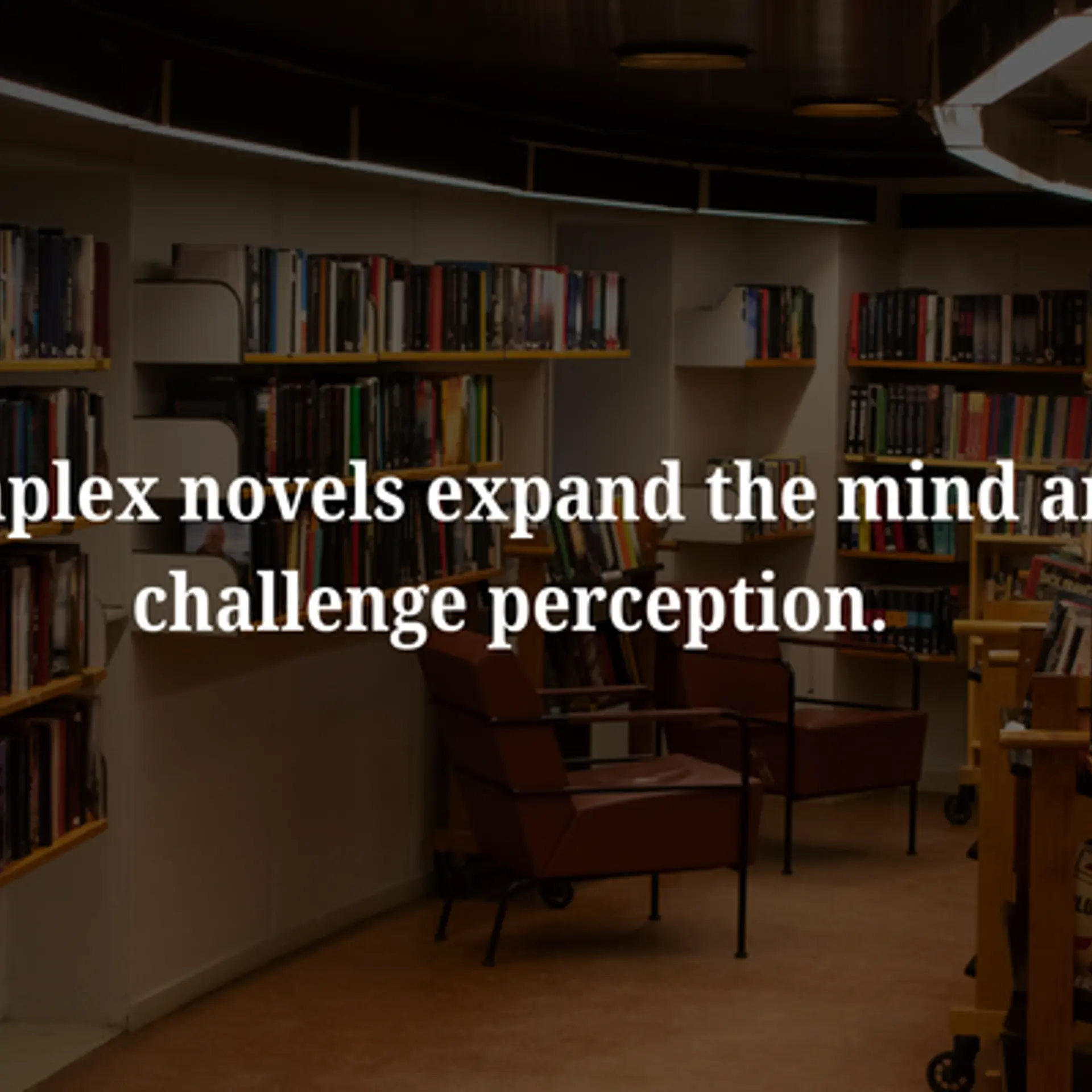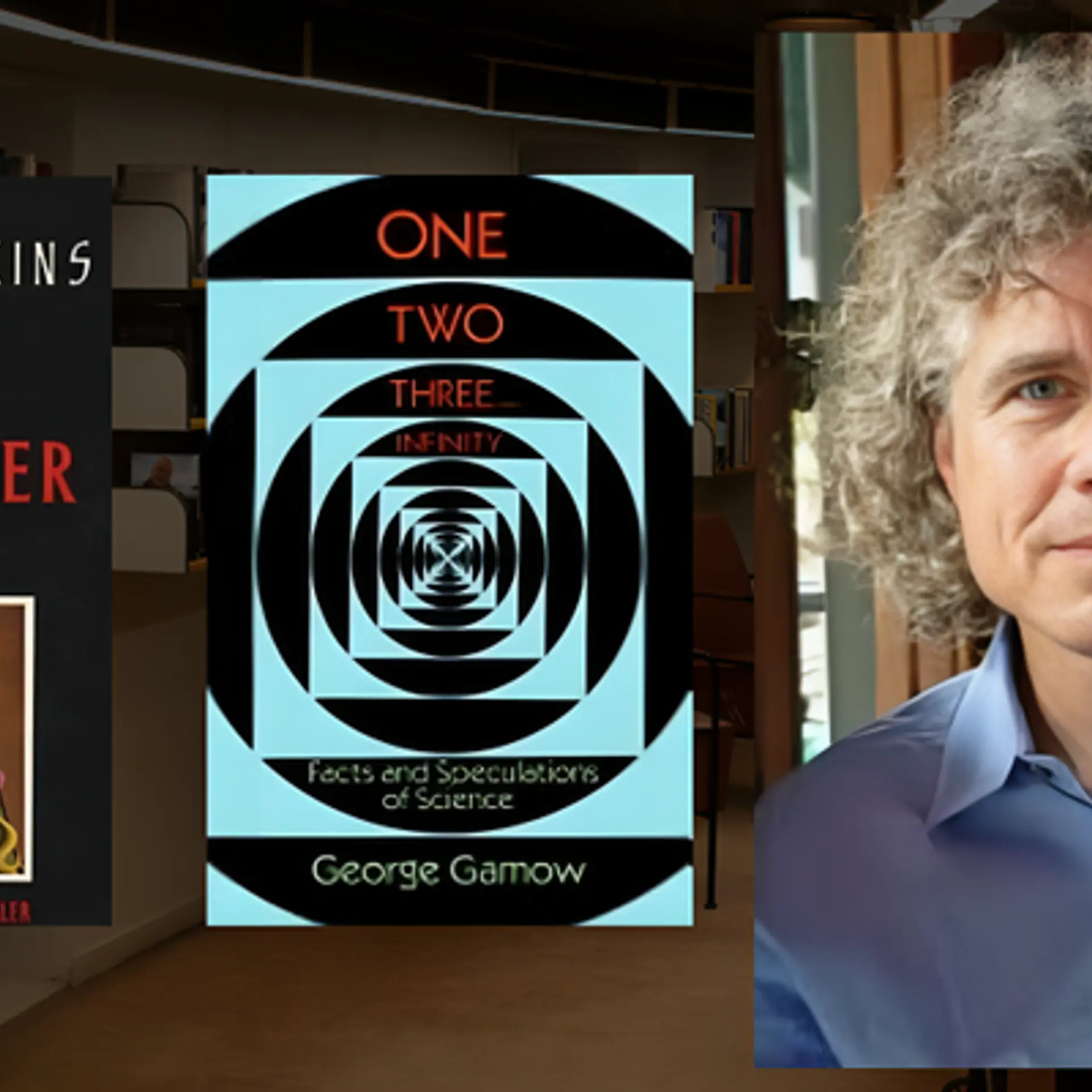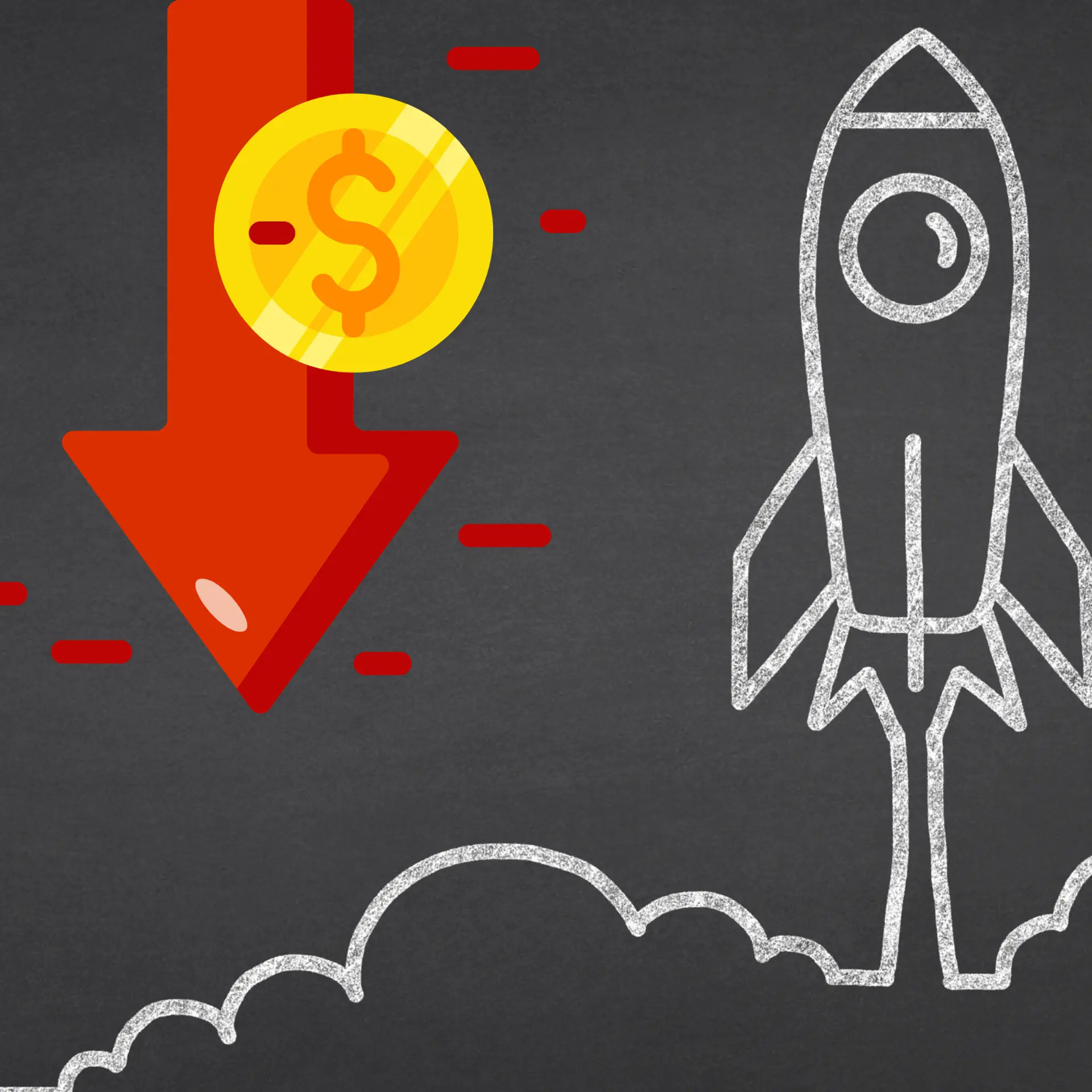Elon Musk vs. Sam Altman: The Ultimate Billionaire Feud
Once allies in AI's early days, Elon Musk and Sam Altman are now locked in a high-stakes battle for the future of artificial intelligence. From legal battles to AI breakthroughs, their rivalry is shaping the tech world—who will emerge victorious? Read on to uncover the full story!
Artificial Intelligence (AI) has rapidly evolved from a futuristic concept into a defining force shaping industries, economies, and societies. At the forefront of this AI revolution are two of the most influential tech moguls: Elon Musk and Sam Altman. Once collaborators in OpenAI's early days, the duo has since turned into fierce competitors, each leading their own vision of artificial intelligence. Musk, the mercurial entrepreneur known for Tesla, SpaceX, and now xAI, and Altman, the calculated strategist steering OpenAI's course, are locked in a battle that could determine the future of AI.
This article delves into the history, key events, and fundamental differences that have led to one of the most intriguing feuds in the tech industry.
The Origins: OpenAI and the Dream of Benevolent AI
In December 2015, Elon Musk, Sam Altman, and a group of prominent tech leaders co-founded OpenAI, a non-profit research organisation aimed at developing artificial general intelligence (AGI) that would benefit humanity. Their goal was to counterbalance the dominance of tech giants like Google and ensure that AI advancements remained transparent and accessible to the public.
The Initial Vision
OpenAI started with an ambitious mission: to develop AI responsibly, prioritising safety and ethical considerations over commercial interests. The founding team, which included Greg Brockman, Ilya Sutskever, and other AI experts, committed to open research and the free sharing of AI developments to prevent monopolisation by a select few companies.
Musk, who has long voiced concerns about AI’s potential existential threats, saw OpenAI as a safeguard against a dystopian future where a few corporations or rogue states wield unchecked AI power. Altman, on the other hand, envisioned AI as a tool that could significantly enhance human potential, provided it was developed responsibly.
However, this united front did not last long.
The Rift: Why Did Musk Leave OpenAI?
By 2018, tensions began to emerge. Musk believed that OpenAI was not moving fast enough to compete with industry giants like Google’s DeepMind. He proposed that OpenAI should merge with Tesla and benefit from Tesla’s vast computing resources. However, this proposal was rejected, and Musk decided to exit OpenAI entirely.
His departure was driven by several factors:
- Control Issues: Musk wanted more influence over OpenAI’s direction, but the board resisted, emphasising a collaborative decision-making structure.
- Competitive Landscape: He feared that OpenAI lacked the resources to compete with tech behemoths like Google and Microsoft.
- Transparency Concerns: Musk later argued that OpenAI had drifted from its founding principles of openness and was becoming increasingly secretive.
Following his departure, OpenAI made a crucial strategic shift that would later fuel Musk’s criticisms.
OpenAI’s Shift: From Non-Profit to Capped-Profit
In 2019, OpenAI restructured itself as a “capped-profit” entity to attract external investments while maintaining its commitment to public benefit. This decision was driven by the high costs associated with AI research and development. The new model allowed investors to receive returns on their investments, but profits were capped to prevent excessive commercialisation.
One of the most significant moments in OpenAI’s transformation came in 2020 when it entered into a landmark partnership with Microsoft, securing a $1 billion investment. This alliance provided OpenAI with the computational power needed to develop its flagship AI models, such as GPT-3 and, later, GPT-4 and GPT-4o.
Musk was highly critical of these developments, accusing OpenAI of deviating from its original mission. In his view, the partnership with Microsoft meant that OpenAI had effectively become a commercial enterprise, contradicting its founding principles.
Musk Strikes Back: The Birth of xAI
By 2023, Musk was ready to re-enter the AI race. He launched xAI, a new venture aimed at building a safer and more transparent artificial intelligence system.
Key Features of xAI
- Transparency: Musk vowed that xAI would prioritise openness, contrasting OpenAI’s increasingly secretive approach.
- Computational Power: xAI leveraged Tesla’s and SpaceX’s vast computing resources, giving it an edge in AI model training.
- Integration with X (Formerly Twitter): Musk integrated xAI’s chatbot, Grok, into X’s ecosystem, providing a social media-driven AI experience.
xAI quickly gained momentum, attracting top AI researchers and engineers from OpenAI and other leading tech firms.
The Legal Battles: Musk vs. OpenAI
The rivalry intensified in February 2024 when Musk filed a lawsuit against OpenAI, Sam Altman, and Greg Brockman. The lawsuit alleged that OpenAI had abandoned its original non-profit mission and was prioritising profit over public good.
Although Musk later withdrew the lawsuit in June 2024, he revived it in August, adding Microsoft as a defendant, accusing the partnership of monopolising AI technology.
In an unexpected twist in February 2025, Musk led a consortium that attempted to acquire OpenAI’s non-profit arm for $97.4 billion. Altman rejected the bid outright, emphasising OpenAI’s independence. In a playful counteroffer, Altman humorously proposed to buy Musk’s social media platform, X, for $9.74 billion.
The AI Arms Race: xAI vs. OpenAI
Both companies are now engaged in an intense technological race:
- xAI’s Grok 3 (2025): Released as an advanced chatbot, Grok 3 reportedly surpasses OpenAI’s GPT-4o in computational power and efficiency. It is marketed as a premium AI model, integrated seamlessly with X.
- OpenAI’s AI Innovations: OpenAI continues refining its AI models and expanding applications in the enterprise, education, and healthcare sectors.
This rivalry has led to significant breakthroughs in AI, benefiting industries but also raising concerns about control, ethics, and monopolisation.
The Philosophical Divide: Ethics and AI Safety
At the core of the Musk-Altman rivalry is a fundamental ideological divide:
- Musk: Advocates for strict AI regulation, fearing AI’s existential risks and the potential for uncontrolled superintelligence to surpass human oversight.
- Altman: Emphasises AI’s transformative power to enhance human capabilities, believing in a proactive approach to its ethical deployment while pushing for continued innovation.
Musk warns that AI could become an uncontrollable force if not rigorously regulated, whereas Altman argues that slowing AI’s progress out of fear would hinder societal advancements. Their contrasting approaches reflect a broader debate on whether AI development should prioritise precaution or progress.
Their public exchanges, often filled with sharp critiques and occasional humor, reflect broader industry debates on AI’s role in society.
Conclusion: What’s Next?
As we enter 2025, the AI war between Musk and Altman continues to shape the future of artificial intelligence. Their feud, while personal, underscores larger questions about AI governance, ethics, and the balance between innovation and control.
One thing is certain: whether through competition or collaboration, these two billionaires will remain central figures in AI’s evolution. The only question is: will their rivalry accelerate AI’s development—or lead to an unprecedented technological standoff?







